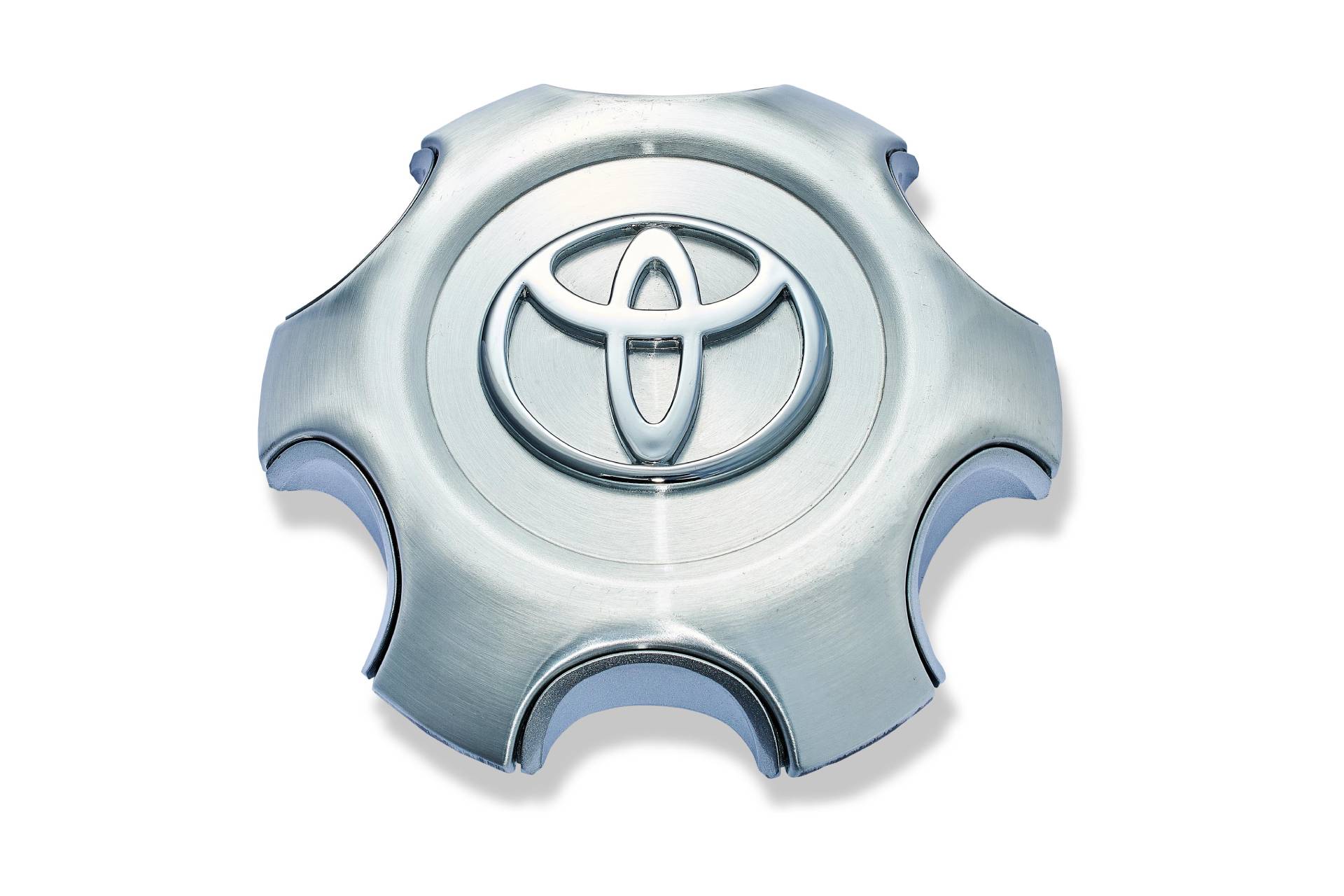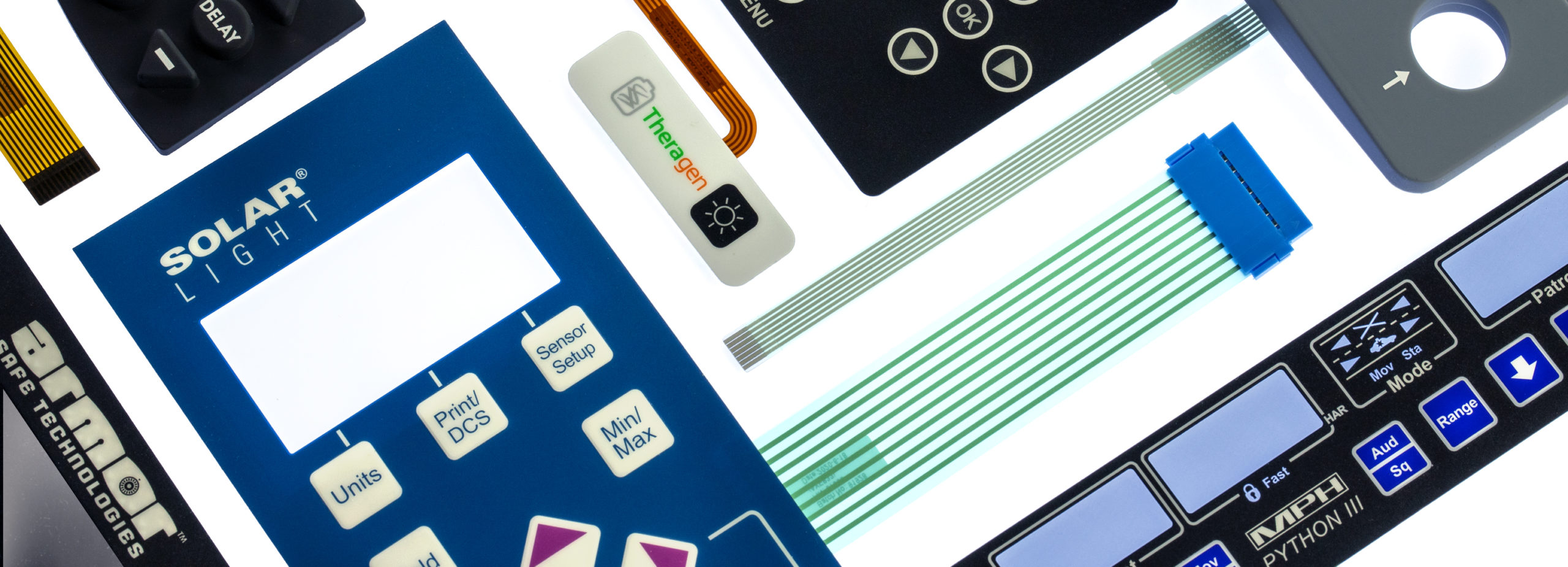Membrane Switch Manufacturer with Quick Prototyping and Lead Time
Checking Out the Manufacturing Refine of Membrane Switch for Numerous Industries
The production process of Membrane switches is a complex endeavor that requires accuracy and attention to information. From picking suitable materials to implementing strenuous quality assurance steps, each action plays a crucial role in ensuring capability. Different sectors, including automobile and clinical, count on these parts for their special applications. Understanding the details of this process discloses significant understandings into exactly how these buttons are created and their influence across diverse fields.
Comprehending Membrane Switches: An Introduction

Secret Products Made Use Of in Membrane Switch Production
In Membrane button manufacturing, the choice of key products considerably influences functionality and resilience. Conductive products, adhesives, and coatings play essential functions, while substrate option impacts overall efficiency and dependability. Recognizing these elements is important for optimizing the layout and production of Membrane switches.
Conductive Products Summary
Conductive products play an important duty in the performance of Membrane switches, making certain trustworthy electrical links within the device. Frequently used products include silver, copper, and carbon-based inks, each offering unique benefits. Silver is preferred for its high conductivity and durability, making it perfect for applications calling for robust efficiency. Copper, while slightly much less conductive than silver, is an economical option often utilized in published circuits. Carbon-based inks provide a flexible option, appropriate for applications where versatility and lower expenses are focused on, although they have lower conductivity compared to steel choices. The selection of conductive materials straight influences the overall dependability, life-span, and efficiency of the Membrane switch, making it a crucial factor to consider in the manufacturing process.
Adhesives and Coatings
Coverings and adhesives are necessary parts in the production of Membrane buttons, giving important bonding and protective properties. These materials guarantee that various layers of the switch, including graphic overlays and circuitry, adhere securely to one another, enhancing toughness and performance. Typically utilized adhesives include pressure-sensitive adhesives (PSAs) and epoxy-based formulas, which provide strong adhesion and resilience. Coatings, such as polyurethane or acrylic, serve to shield versus ecological aspects, including moisture, abrasion, and chemicals. Furthermore, finishes can enhance tactile responses and aesthetic allure, contributing to the overall individual experience. The choice of suitable adhesives and coverings is crucial for optimizing efficiency and long life in diverse applications across numerous markets, guaranteeing that Membrane switches over satisfy particular operational needs.
Substrate Option Aspects
Substrate option plays a crucial function in the manufacturing of Membrane switches, as it substantially influences their overall efficiency and sturdiness. Key products such as polyester, polycarbonate, and flexible published circuit card (FPCBs) are commonly made use of for their distinct residential or commercial properties. Polyester is preferred for its cost-effectiveness and resistance to abrasion, making it suitable for applications with high wear. Polycarbonate offers superior clearness and effect resistance, ideal for atmospheres calling for high exposure. FPCBs give improved adaptability and are frequently made use of in complicated styles. The choice of substratum also affects factors like thermal stability, chemical resistance, and convenience of printing. Ultimately, selecting the ideal substrate is important for guaranteeing the performance and long life of Membrane switches across different sectors.
The Design Process of Membrane Changes
The layout procedure of Membrane buttons is a vital stage that greatly influences the performance and aesthetics of the end product - membrane switch manufacturer. It begins with specifying the certain needs of the application, consisting of measurements, switch layout, and tactile feedback preferences. Designers must think about individual interaction, making sure that the button is user-friendly and accessible.Next, products are chosen based on sturdiness, versatility, and environmental resistance. The combination of graphics and branding components is additionally crucial, as it improves visual appeal and communication. Prototyping permits repetitive screening, making it possible for changes based upon individual responses and performance evaluations.Additionally, the design should account for the electric elements, such as circuits and ports, ensuring reliability and convenience of use. Ultimately, an effective style harmonizes capability, appearances, and individual experience, paving the way for reliable manufacturing and long-lasting efficiency in different sectors
Printing Methods for Membrane Switches
The printing methods used in Membrane switch production play a necessary role in establishing the final item's high quality and functionality. Display printing offers benefits such as sturdiness and dynamic shade application, while digital printing technologies supply flexibility and accuracy in layout. Comprehending these approaches can considerably influence the general performance of Membrane buttons in various applications.
Display Printing Advantages
Various advantages make display publishing a recommended strategy for generating Membrane buttons. This approach allows for premium, vivid colors and detailed styles, which are crucial for interface applications. Screen printing is particularly reliable for using thick ink layers, improving toughness and responsive comments. On top of that, it offers excellent attachment to numerous substrates, guaranteeing longevity sought after settings. The process is affordable for large manufacturing runs, as it lessens setup time and waste. Moreover, display printing supports a variety of inks, including specialized and UV-curable choices, allowing versatility in layout. Its capability to create consistent outcomes throughout multiple units makes it a trustworthy choice for use this link producers going for top quality and effectiveness in Membrane button manufacturing.
Digital Printing Innovations

Innovations in digital printing technology are changing the production of Membrane switches, supplying suppliers cutting-edge remedies that enhance layout adaptability and performance. Digital printing enables complex designs and high-resolution graphics, allowing custom branding and functionality without the constraints of conventional approaches. This technique minimizes setup times and prices, assisting in shorter manufacturing runs and minimal waste, making it optimal for businesses with differing demands. Furthermore, developments in ink solutions provide much better longevity and adhesion, making sure long life in numerous atmospheres. As markets progressively seek individualized and complicated designs, electronic printing attracts attention as an essential strategy, establishing a new standard in Membrane switch manufacturing. The assimilation of these technologies settings producers to meet advancing market requires efficiently.
Setting up and Layering of Membrane Switch Parts
Careful setting up and layering of Membrane switch parts are necessary to ensuring capability and toughness. This process starts with the accurate alignment of different layers, including the visuals overlay, glue, circuit layer, and backing product. Each component has to be thoroughly placed to keep electrical stability and interface responsiveness.During setting up, conductive traces are related to the circuit layer, normally made from materials like polyester or polycarbonate. This layer is important, as it transfers signals when stress is used. The adhesive utilized for bonding these layers is additionally selected for its capacity to endure ecological stress and anxieties while preserving a safe and secure bond.Heat and pressure are typically used during the assembly process to identify that the layers stick correctly without jeopardizing the capability of the switch. Lastly, interest is offered to the side sealing to safeguard against wetness and impurities, securing the longevity of the Membrane switch in different commercial applications.
Quality Assurance Procedures in Membrane Switch Production
Quality control steps play a vital function in making sure the dependability and efficiency of Membrane switches over adhering to the setting up and layering of their elements. In the production process, several key inspections are conducted to copyright top quality criteria. These consist of visual inspections for defects in printing and glue application, along with useful examinations to verify the responsiveness of each switch.Additionally, ecological testing is carried out to assess the switches' toughness against temperature changes and humidity direct exposure. Manufacturers frequently apply analytical procedure control (copyright) strategies to keep an eye on manufacturing consistency, allowing very early detection of anomalies.Furthermore, traceability systems are established to track elements and materials, guaranteeing responsibility and promoting recalls if required. Calibration of tools and adherence to market criteria are likewise vital to maintaining item stability. Jointly, these high quality control measures secure the efficiency of Membrane switches over across numerous applications, eventually boosting customer fulfillment.
Applications of Membrane Changes Across Different Industries
Membrane buttons are used throughout a varied range of sectors, showcasing their versatility and versatility. In the clinical sector, they offer reliable and water resistant interfaces for gadgets such as analysis tools and infusion pumps, guaranteeing hygiene and simplicity of usage. The auto industry employs Membrane switches for dashboard controls, allowing seamless interaction in between the motorist and lorry systems.In consumer electronics, these switches are discovered in home appliances and handheld gadgets, using a streamlined, modern-day visual while boosting capability. Industrial applications additionally utilize Membrane switches over for equipment control board, where longevity and resistance to rough problems are essential.Furthermore, the aerospace and protection markets make use of Membrane switches for cockpit instrumentation and interaction systems, focusing on integrity and efficiency under extreme conditions. On the whole, Membrane switches play a vital role in enhancing the user experience and functional effectiveness across various domain names.
Regularly Asked Concerns
For how long Does It Take to Manufacture a Membrane Layer Switch?
The manufacturing time for a membrane layer button you could try these out normally ranges from a couple of days to a number of weeks - membrane switch manufacturer. Elements influencing this period consist of style complexity, product accessibility, and production quantity, all impacting the total timeline noticeably
What Is the Common Lifespan of a Membrane Layer Switch?
The normal lifespan of a membrane layer switch normally ranges from 1 to 5 million actuations, depending upon factors such as worldly quality, ecological conditions, and use frequency, considerably influencing toughness and total performance.
Can Membrane Switches Be Personalized for Certain Applications?
Membrane switches can undoubtedly be tailored for particular applications. Their layout flexibility enables changes in size, shape, shades, and graphics, ensuring compatibility with unique needs throughout different sectors and improving functionality and individual experience.

Are Membrane Changes Eco-friendly?
The ecological influence of Membrane changes differs. Some products used might not be green, while innovations in manufacturing processes are significantly concentrating on sustainability, aiming to decrease waste and promote recyclable components in their manufacturing.
What Are the Usual Failing Modes of Membrane Switches?
Common failing settings of Membrane switches consist of delamination, glue failing, wear and tear from usage, dampness access, and electrical failures. These problems can considerably influence functionality, performance, and life expectancy in numerous applications throughout various markets. Membrane switches can be personalized to fit details design needs, such as performance, form, and dimension, making them very adaptable.The construction commonly entails multiple layers, consisting of a graphic overlay, glue, and a circuit layer, which work with each other to produce a seamless individual experience. In Membrane switch production, the choice of vital products substantially affects capability and longevity. The moved here auto industry uses Membrane buttons for dashboard controls, enabling smooth communication in between the driver and vehicle systems.In consumer electronic devices, these buttons are discovered in home appliances and handheld gadgets, using a smooth, modern-day aesthetic while boosting performance. Industrial applications likewise leverage Membrane switches over for equipment control panels, where resilience and resistance to harsh problems are essential.Furthermore, the aerospace and protection sectors make use of Membrane buttons for cockpit instrumentation and communication systems, focusing on reliability and efficiency under severe conditions. Membrane buttons can without a doubt be personalized for certain applications.